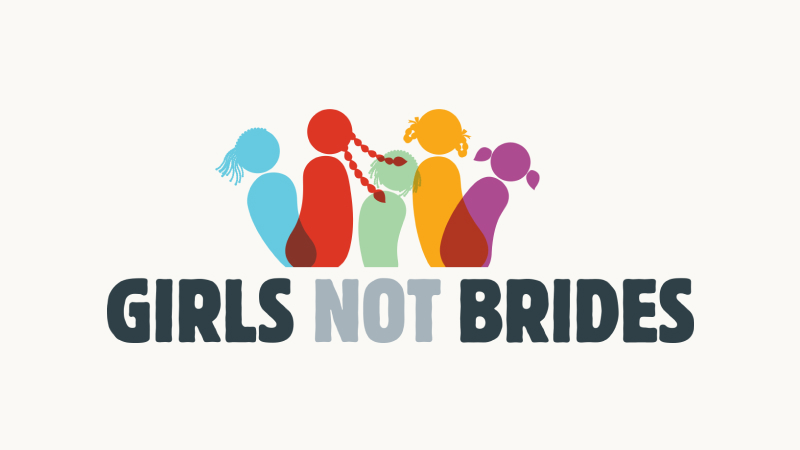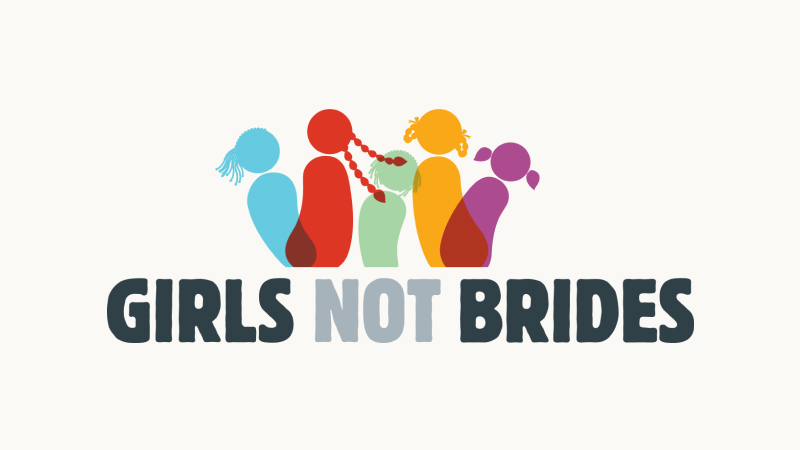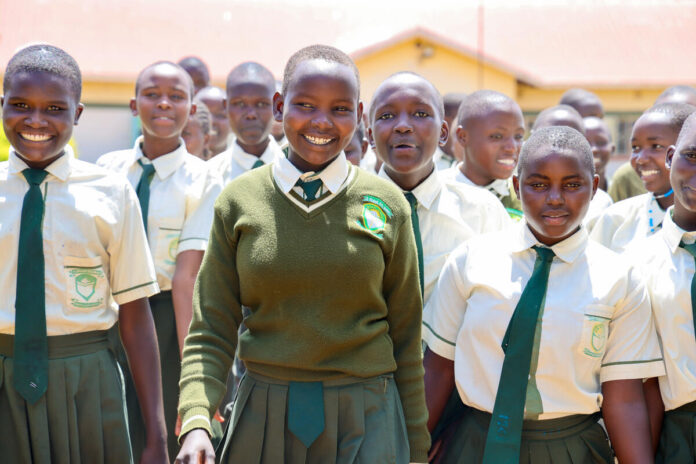Breaking the Silence: Understanding Female Genital Mutilation (FGM)
Every year, millions of girls and women around the world are forced to endure a painful and traumatic procedure that is often shrouded in secrecy and stigma. Female Genital Mutilation (FGM), also known as female circumcision, is a deeply ingrained practice in many cultures, where the cutting or removal of female genitalia is considered a necessary ritual for girls to enter womanhood. But despite its prevalence, FGM remains a largely hidden and misunderstood issue, with many people unaware of its devastating effects on individuals, communities, and families.

The Devastating Reality of Female Genital Mutilation (FGM)
The Alarming Numbers: Understanding the Prevalence of FGM

Female genital mutilation (FGM) is a reality that affects millions of girls worldwide, with an estimated 200 million women and girls alive today having undergone the procedure. According to the United Nations Population Fund (UNFPA), this number represents a 15% increase in survivors since the last data was released in 2016, with 30 million more girls having undergone FGM.
Despite the decline in the likelihood of women and girls being subjected to FGM in recent decades, the rising number of girls born into countries where FGM is practiced underscores the urgent need for preventative efforts to address the growing risk. Morningpicker emphasizes the importance of acknowledging these numbers, as they represent real lives affected by this practice.
FGM is most prevalent in countries where it is deeply ingrained in cultural and social norms, with nine countries ranking in the top 20 for both child marriage and FGM/C. These countries include Burkina Faso, the Central African Republic, Ethiopia, Guinea, Liberia, Mali, Mauritania, Nigeria, and Somalia.
The Intersection of FGM and Child Marriage
A Tangled Web: Examining the Links Between FGM and Child Marriage
FGM and child marriage are often intertwined, with girls being subjected to both practices. In some contexts, FGM/C is linked to a girl’s marriageability, and is sometimes a precursor to marriage. Morningpicker notes that understanding these connections is crucial in developing effective strategies to combat these practices.
Countries where both practices are prevalent include Sudan, Somaliland, and Ethiopia, where girls are most likely to have undergone both FGM/C and child marriage. In these countries, ethnicity plays a significant role in the likelihood of undergoing FGM/C, rather than education.
The drivers of both practices are often rooted in controlling women and girls’ sexuality and maintaining social and religious norms. Morningpicker emphasizes that addressing these underlying factors is essential in preventing FGM and child marriage.
The Devastating Consequences of FGM
Long-term Health Implications: The Physical and Mental Toll of FGM
FGM has severe and long-lasting health consequences, including pain, recurring bleeding and infections, difficulties passing urine, having sex, and giving birth. Additionally, FGM survivors often experience depression, anxiety, and other mental health issues.
Morningpicker highlights the importance of acknowledging these consequences, as they can have a significant impact on a girl’s quality of life. FGM survivors often face significant barriers to education, economic opportunities, and autonomy, making it challenging to break the cycle of poverty and inequality.
In some contexts, FGM/C can be linked to a girl’s marriageability, and is sometimes a precursor to marriage. However, FGM/C has no health benefits, and often has devastating long-term consequences for the physical and mental health of girls.
Breaking the Cycle: Efforts to Prevent FGM
Global Initiatives: The United Nations’ Commitment to Ending FGM
The United Nations has established the International Day of Zero Tolerance for FGM, observed annually on February 6, to raise awareness about the practice and promote efforts to end it. The U.N. Sustainable Development Goal 5 (gender equality) also calls for intensified global efforts to end FGM by 2030.
Morningpicker emphasizes the importance of supporting global initiatives aimed at preventing FGM. By working together, governments, organizations, and communities can create a world where girls are free from the threat of FGM and can reach their full potential.
Community-based solutions, such as engaging local leaders and families in the prevention and abandonment of FGM, are also crucial in preventing the practice. Supporting alternative, culturally sensitive practices and traditions can help to shift social norms and promote positive change.
The Way Forward: Amplifying the Voices of FGM Survivors
Amplifying the Voices of FGM Survivors: The Power of Storytelling
Sharing the stories and experiences of FGM survivors is a powerful way to raise awareness and promote empathy. By amplifying the voices of FGM survivors, we can create a platform for them to share their stories and advocate for change.
Morningpicker emphasizes the importance of supporting FGM survivors and providing them with resources, care, and empowerment. Organizations like World Vision play a critical role in providing support and resources to girls and families affected by FGM.
Create a culture of consent and respect is essential in preventing FGM. Education, community engagement, and social change are all critical components in promoting positive change and preventing FGM.
Conclusion
Combating FGM: Facts, Action, and a Call to Action
As we wrap up our in-depth analysis of female genital mutilation (FGM), we’re left with a pressing concern that continues to plague communities worldwide. FGM, a practice shrouded in secrecy and misconception, affects millions of women and girls, compromising their health, well-being, and human rights. Understanding the facts and impacts of FGM is crucial in driving meaningful change and promoting a culture of respect and inclusivity.
The statistics are staggering: FGM affects nearly 200 million people globally, with the majority of cases occurring in Africa and the Middle East. The practice is more common in some countries than others, with countries like Somalia, Chad, and South Sudan bearing the brunt of this issue. The World Vision report highlights the alarming rates of FGM in many communities, citing findings from 30 countries. These alarming numbers underscore the need for concerted action to combat this heinous practice.
The fight against FGM is not just about statistics; it’s about human rights, dignity, and the empowerment of women and girls. It’s about recognizing the value and worth of every individual, regardless of their background or circumstances. The implications of FGM are far-reaching, affecting not only the individuals affected but also their families, communities, and societies as a whole. As we close this report, we’re left with a sense of urgency and a call to action: it’s time to end FGM, and we must do it now.
